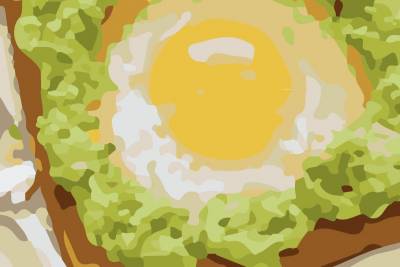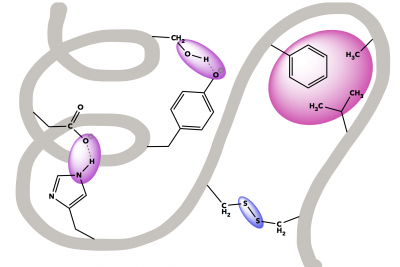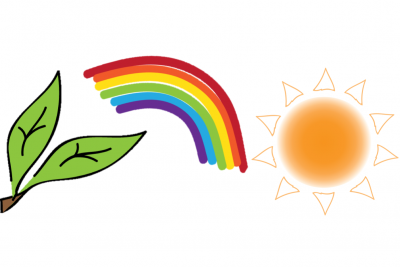Yeast Fermentation Inquiry
Introduction
Fermentation is a process that converts sugar to organic acids, gases or alcohol in the absence of oxygen. It can occur in bacteria, yeast and human muscle tissue. In this activity, we will be conducting an experiment to measure the amount of CO2 produced during ethanol fermentation in yeast. However, you will have the opportunity to vary one factor in the fermentation process. (Consider “normal” conditions to be 2% glucose at 37 °C.)
Identify some different factors that could impact yeast fermentation of sugars. Select one to be your independent variable in your experiment. There are many avenues to explore, including a comparison of carbon sources, concentration gradients, temperatures, etc. affect sugar utilization.
Write down your experimental question. Record your hypothesis.
Materials
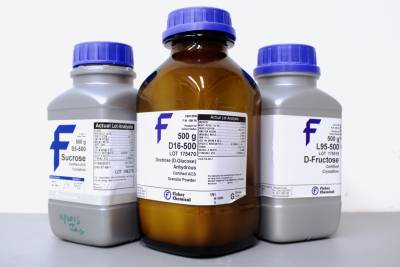
Chemicals
- Baker’s Yeast
- Various Sugars (e.g. sucrose, glucose, fructose, lactose, maltose, etc.)
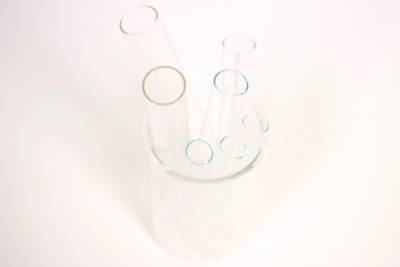
Gas-Collection Setup
- Tubes or vials (e.g. 15 ml conical tubes, glass test tubes, or gas-collection vials)
- Markers
- Container wider than the tubes or vials to hold a bath of water
- Water
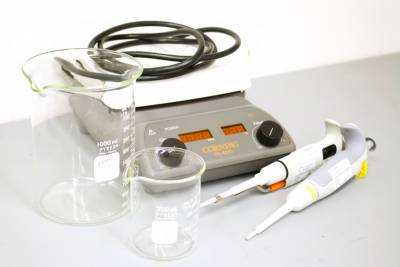
Equipment
- Water bath or hot plate to vary temperature
- Timers
- Something to move consistent volumes of liquids (Micropipettes and tips, glass pipets and bulbs, straws if need be, etc.)
Preparation
Prepare baker’s yeast packet at 7% w/v in water Prepare sugar solutions at 20% w/v in water
Setup
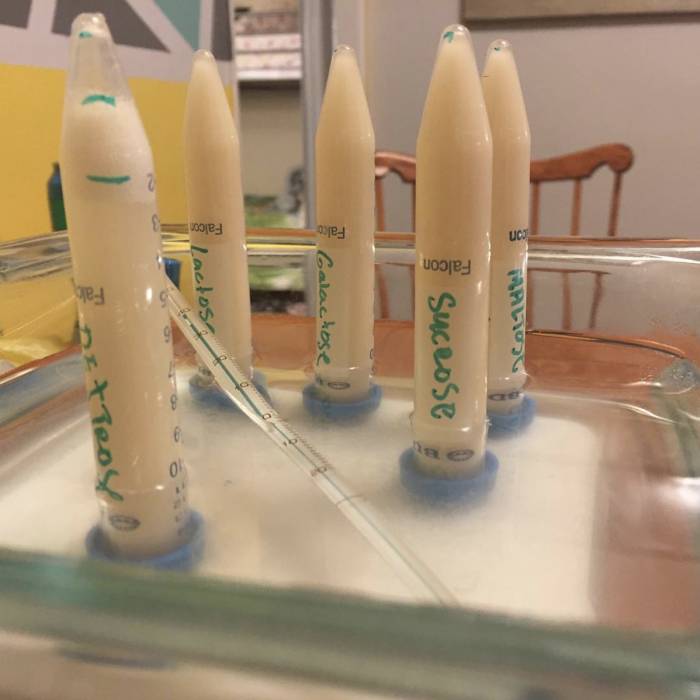 Set up your tubes and water bath in such a way that the gas produced in each fermentation will rise to the tops of the tubes and volumes of gas can be marked with a permanent marker or waxed pencil.
Set up your tubes and water bath in such a way that the gas produced in each fermentation will rise to the tops of the tubes and volumes of gas can be marked with a permanent marker or waxed pencil.
In the example at right, plastic tubes were used with a few holes poked into each plastic cap. The tubes were filled with yeast solution and food source (e.g. glucose), covered, and inverted quickly into the water bath. The samples should be held inside the tubes and displaced into the water bath as gas is produced.
A similar setup can be used with test tubes and stoppers with holes or using a glass slide to invert each tube into the bath before sliding off the slide and allowing the fermentation gas produced to displace the yeast solution. You may also be able to use a typical gas collection apparatus from a chemistry laboratory at your school.
Finally, volumes of gas can be determined by emptying a marked tube and filling it with water exactly to the mark. Then that water can be poured into a graduated cylinder of appropriate size to determine the volume of gas produced.
Guiding the Inquiry
Think about how you can design an experiment to test this question, keeping in mind the inclusion of an appropriate control. Remember, a simple design makes for elegant results.
Write out your procedure, step by step to test your experimental question. Create a proper data table to easily record and share your results. Was your hypothesis supported by the data? Why or why not?

